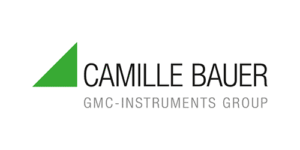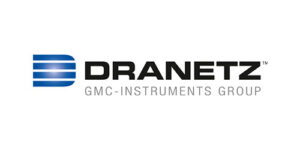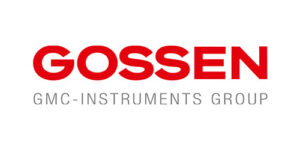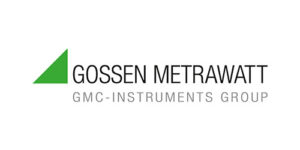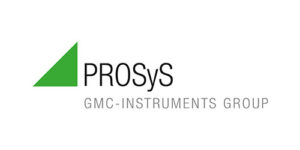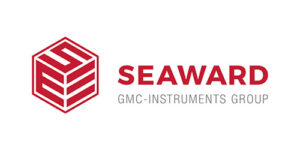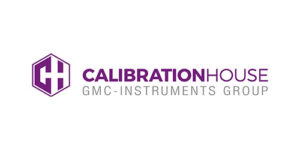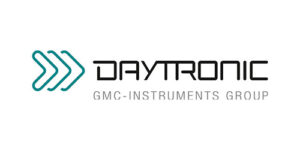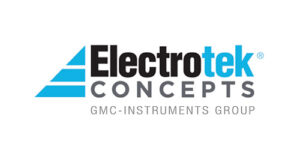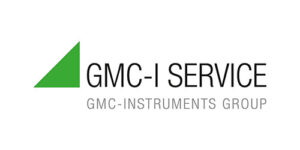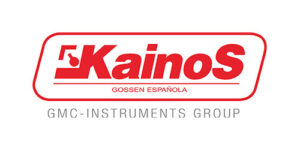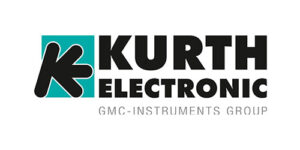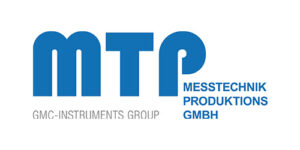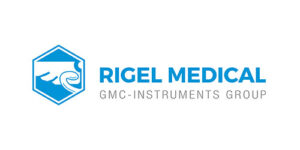With changes in the energy marketplace, concerns over grid reliability and security, and increased interest and cost advantages for some facilities in generating their own power, a diverse set of distributed generation and alternative energy solutions have emerged. Those solutions include new reciprocating engines, microturbines, fuel cells, photovoltaics and wind farms. These solutions are used for primary power, premium power, peak shaving, green power, cogeneration and backup power. Additionally, a new opportunity exists for the aggregation of multiple distributed generation devices to participate in today’s energy markets.
Integration of distributed generation and alternative energy devices: To maximize the benefit delivered by these new devices and strategies, instrumentation is used to monitor, manage and optimize their performance.
Proactive management of power resources: The continuous capture of all events enables users to develop trend lines and algorithms to maintain real-time illustrations of infrastructure performance and improve reliability, while automated alerting sends alarms to power managers before problems occur.
Aggregation of DG devices: Underutilized DG assets represent a potential revenue stream for owners and a source of additional capacity for utilities and independent system operators (ISOs). As energy demands continue to soar, ISOs around the country are establishing or expanding load curtailment programs that include aggregation of DG assets, while state agencies develop interconnection standards to ensure grid integrity and operational safety, ultimately allowing DG owners to sell energy to the grid.



